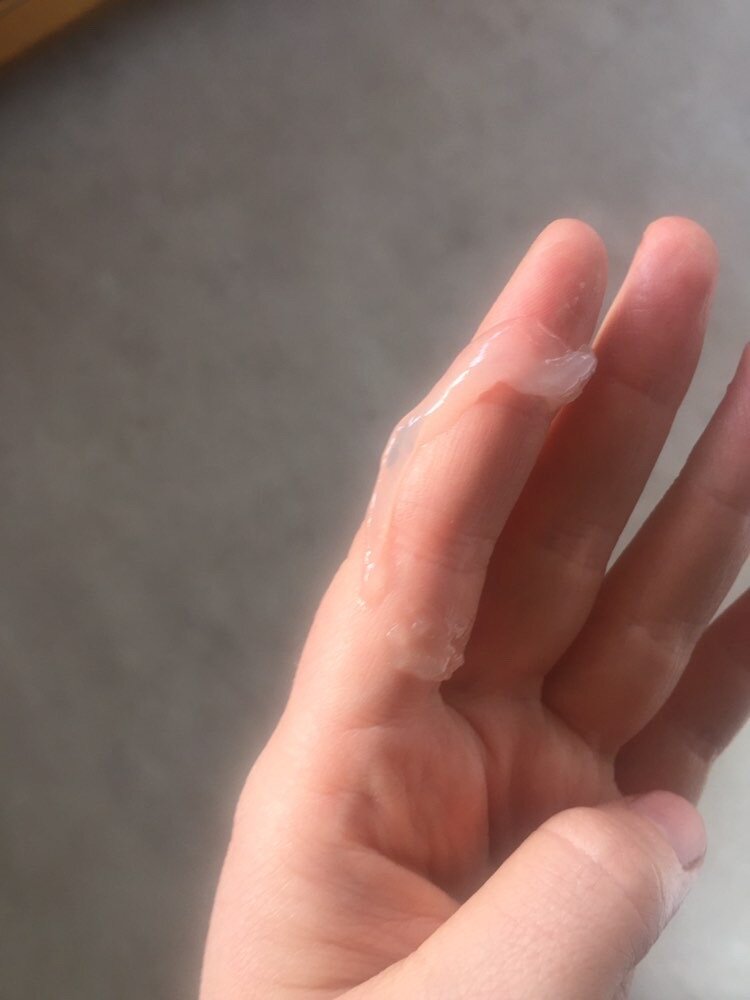How Long After Ovulation Does Discharge Change
A brown discharge 6 days or 7 days past ovulation is an indication of implantation bleeding.
How long after ovulation does discharge change. 1 to 4 days after ovulation the cervical discharge will change from the egg white consistency back to a thicker cloudy or milky like mucus. In the fertile window in the days before ovulation discharge will increase and become. After 4 5days some mucus will show up and will be sticky white for a period of about 8 days. The mucus is usually white or creamy.
Cervical mucus during ovulation. You no longer produce a fertile mucus at this point. If not pregnant the vaginal discharge post ovulation is usually dry and scanty. Top causes of post ovulation discharge 1.
The discharge may look cloudy at first then become thicker. Immediately after your period you will notice that your vagina will be dry or will have some mucus. After ovulation the discharge becomes milky white and has a thicker consistency. After ovulation the body releases the hormone progesterone which dries up cervical fluid.
There will be an increase of mucus during ovulation and it will still have the stretchy and slippery consistency of cervical mucus before ovulation what is commonly referred to as egg white cervical mucus. The cervical mucus usually becomes very slippery and stretchy like egg whites right before ovulation. Your basal body temperature rises. As you get closer to ovulation your body produces a lot of cervical mucus.
Some of the signs after ovulation are. If you do produce a vaginal discharge after ovulation it would be creamy pasty or a thick discharge. Low cervix after ovulation. Cervical mucus is fluid or gel like discharge from the cervix.
Due to high progesterone levels your basal temperature will rise. It will be transparent. Depending on your menstrual cycle the ovulation discharge can appear between four days before and after the mid point of your cycle. Brown discharge after ovulation.
There are 2 types of discharges that you can have after ovulation that indicates that you may be pregnant. The cervical mucus during ovulation is the most fertile mucus during your cycle. Throughout a woman s menstrual cycle the thickness and amount of cervical mucus changes. Just after ovulation occurs there is a surge in progesterone hormone which thickens cervical mucus to become sticky or creamy discharge.

